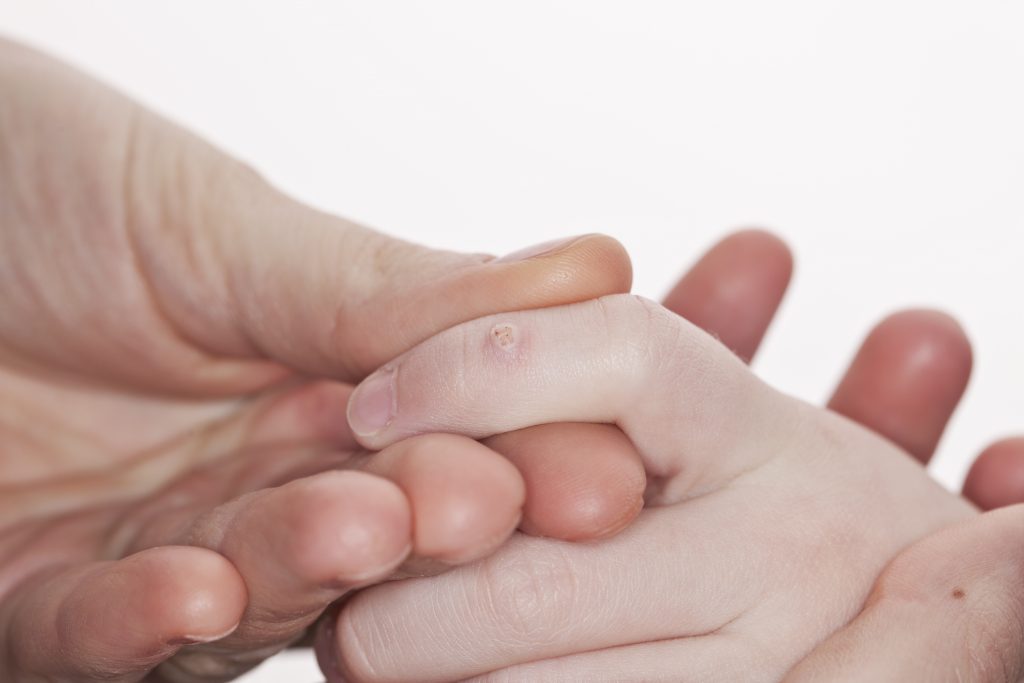Wart Treatment and Removal
Warts are small, blister-like growths on the skin. They may itch or hurt depending on their location. There are 5 different kinds of warts; each type looks different and appears on different parts of the body. They are contagious by direct contact with a human papillomavirus (HPV). If one touches a wart and then another part of the body, shares a towel, razor or other personal items with someone who has warts, they may spread and grow in other areas. Some people, though are more resistant to HPV than others and are less likely to get warts.
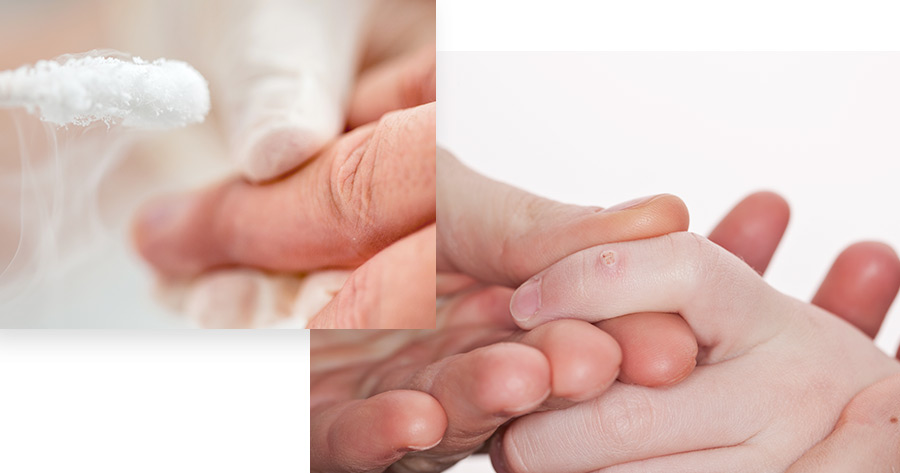
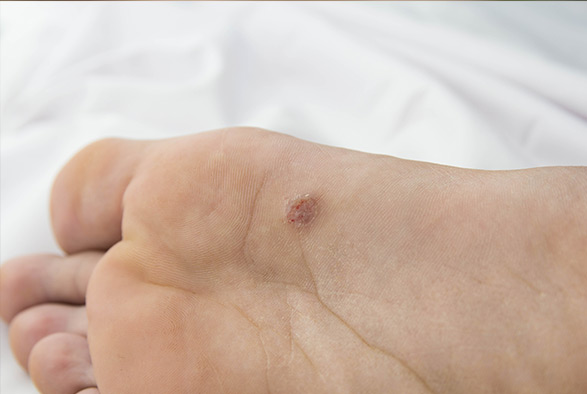
What Causes Warts?
A virus called human papillomavirus (HPV), among which there are over 100 different types, infects the top layer of the skin. In an area where the skin is cracked or open, the virus enters the body. This causes the top layer of skin (epidermis) to grow quickly, forming a wart. Warts can appear on any part of the body.
Some warts go away after many months or years while others require medical treatment. Usually childrens’ warts heal quicker than adults’. Treatment is helpful because it decreases the chances of the warts spreading to other body parts and other people. The treatment method is based on the type of wart, as well as the patient’s age and health. Even after a wart is gone, it can reappear or spread to other parts of the body because most treatments destroy the wart but do not kill the virus that causes the wart.
A dermatologist may treat a wart by putting Cantharidin on it, which causes a blister to form under the wart. After a week, the dermatologist will remove the dead wart.
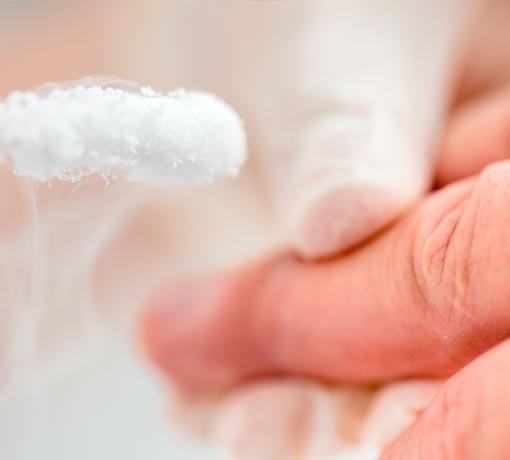
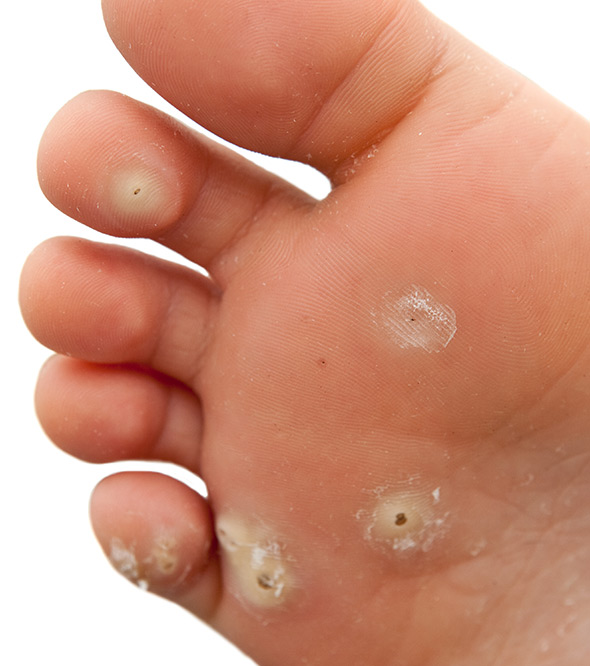
Types of Warts
Common warts
These appear most often on the hands but can appear anywhere else on the body as well. They feel rough, are shaped like a dome and are grayish/brownish in color.
Plantar Warts
These warts tend to grow on the soles of the feet. They look like thick patches of skin with dark spots. These can be painful due to the pressure inflicted on the warts when walking.
Flat Warts
The face, forehead, arms and legs are the most common areas for flat warts. They are small, are flat at the top and can be pink/brown/yellow in color.
Filiform Warts
The mouth, nose and beard area are the most common areas where filiform warts are found. They are skin colored and have a thread-like fiber sticking out of the top.
Periungual Warts
These warts grow in the toenail and fingernail areas and can affect nail growth. They look like rough bumps with a border, and the top is uneven.
Symptoms of Warts
Wart sizes and appearances vary; some are blister-like with a rough surface and others are flat and smooth. In common and plantar warts, blood vessels which grow into the center of the wart and supply it with blood, appear as dark spots in middle of the wart.
